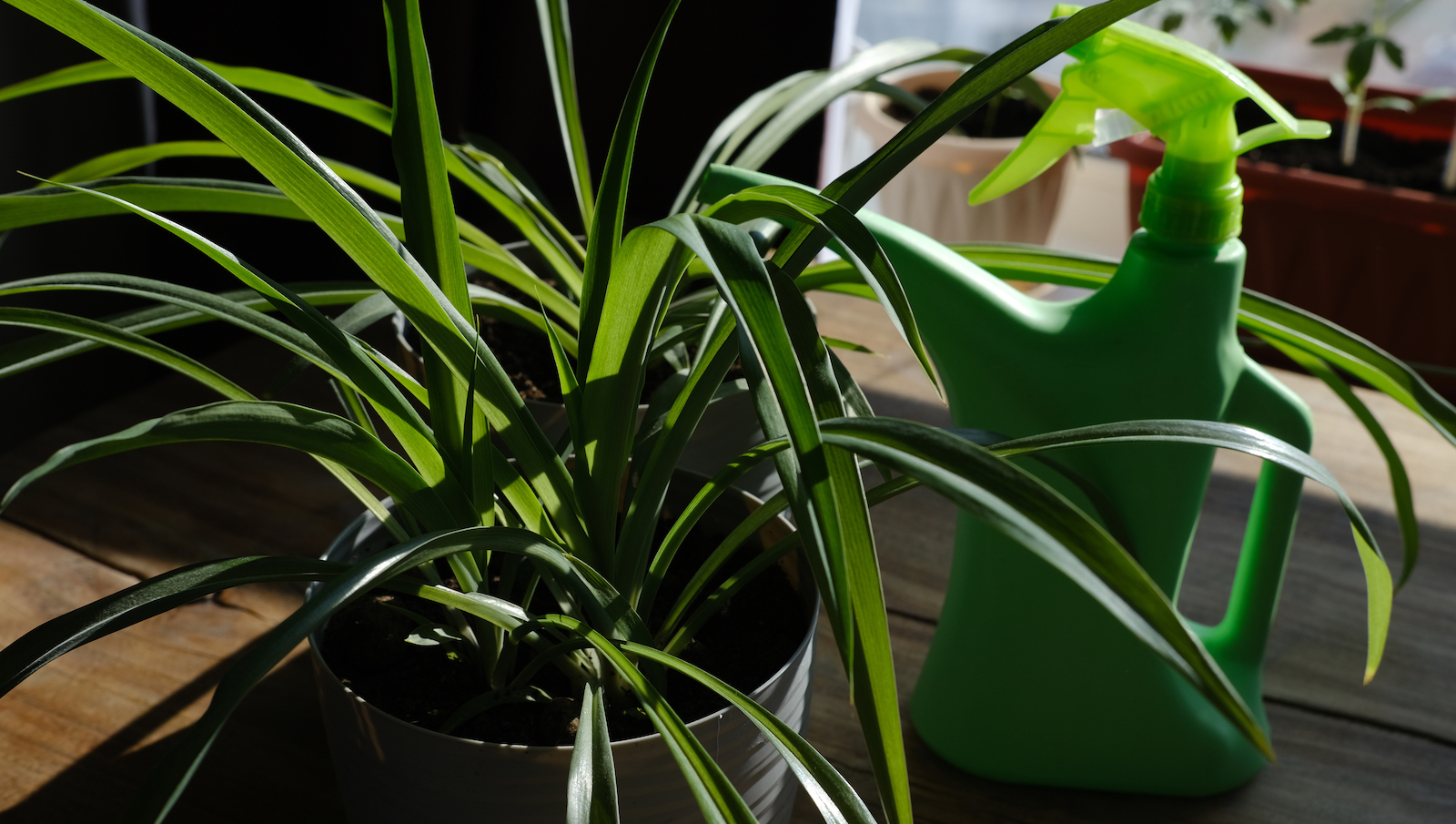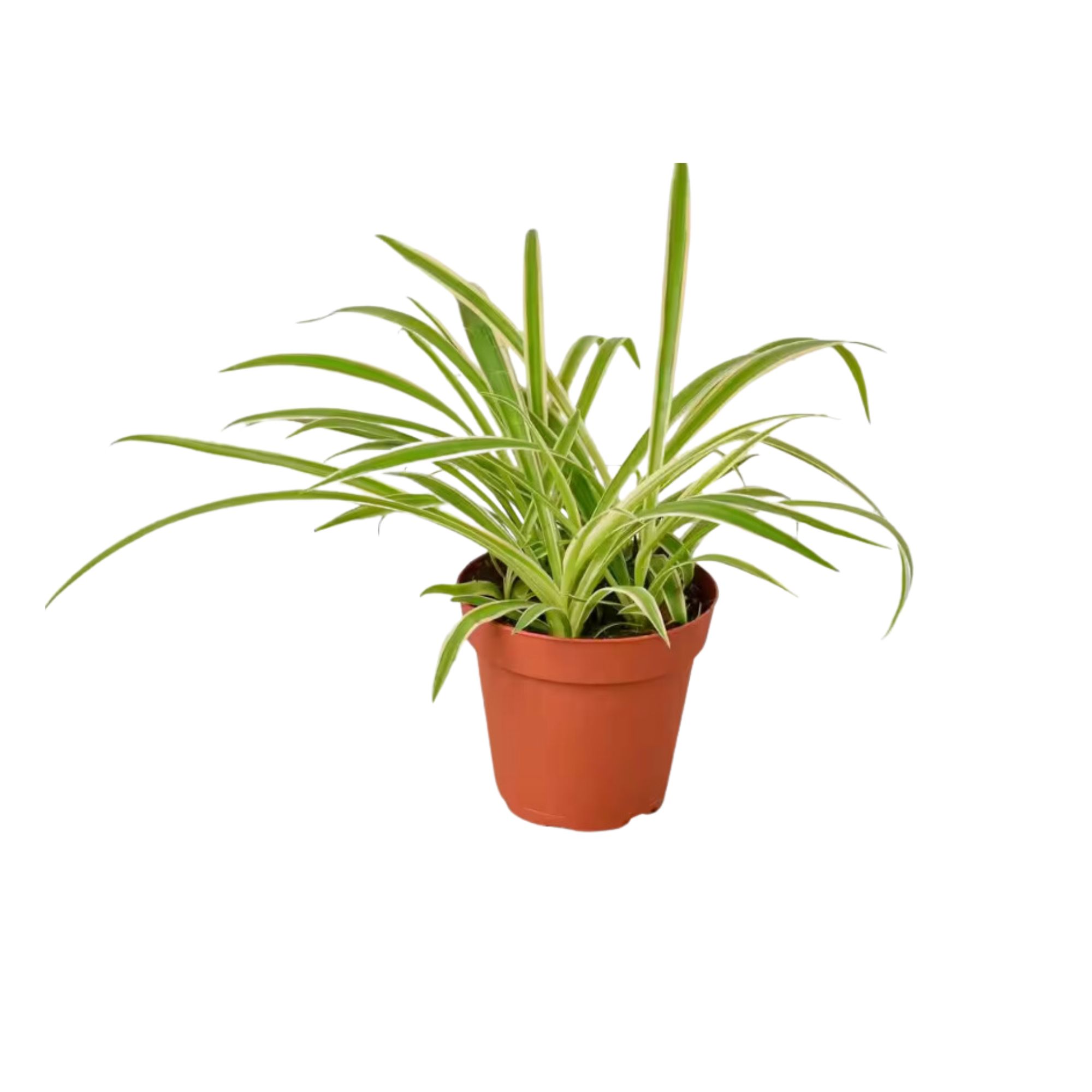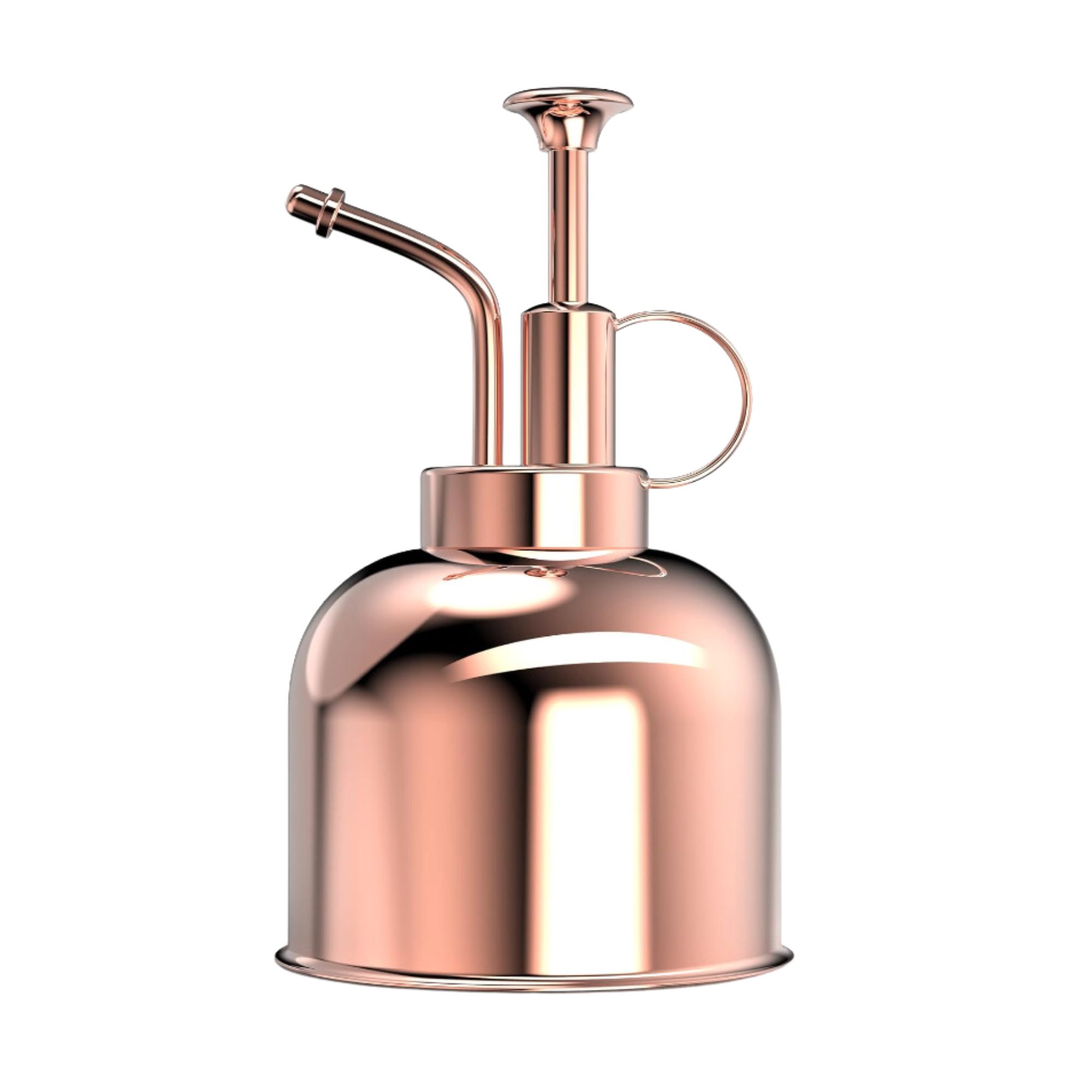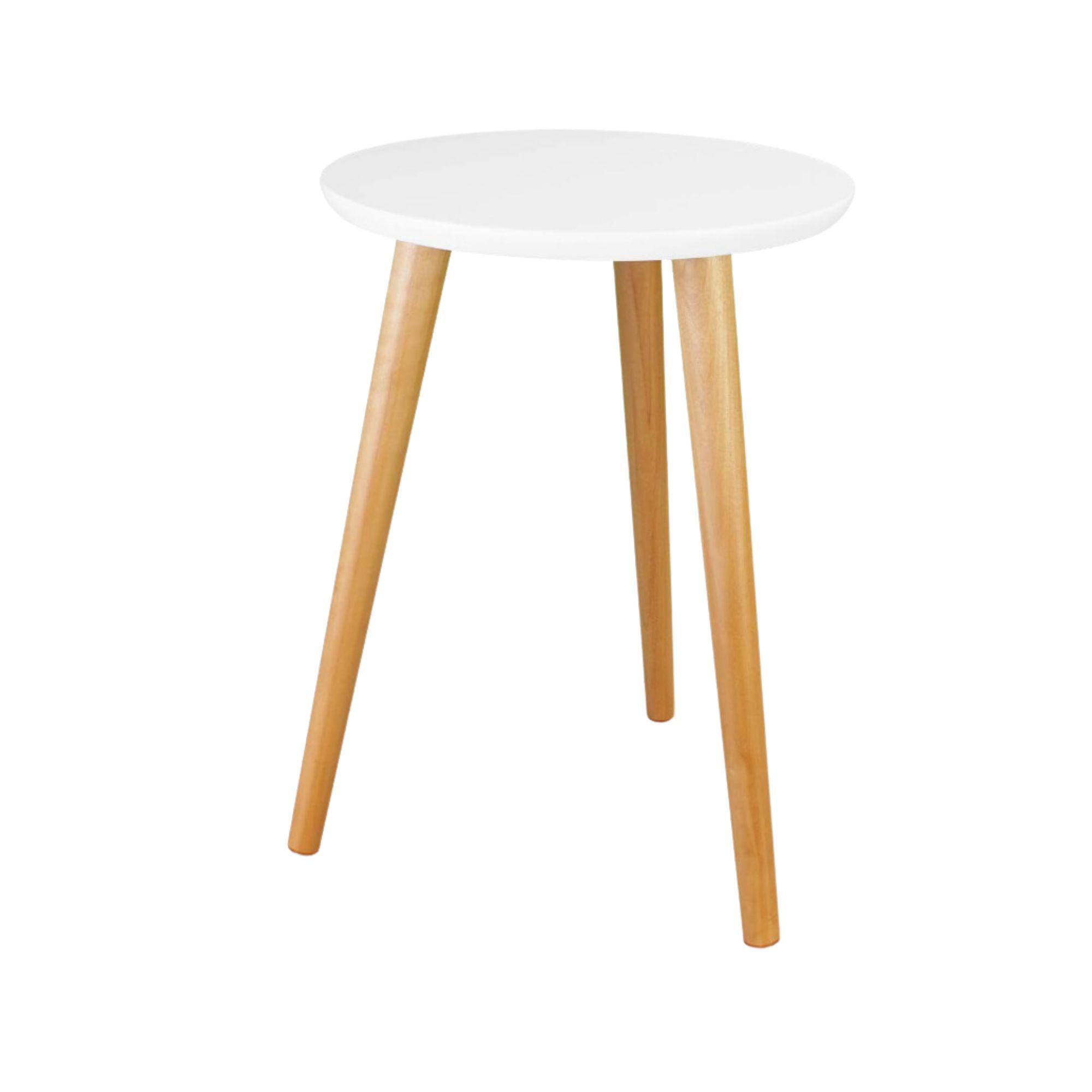How often to water a spider plant: gardeners reveal how to keep them hydrated and healthy
Water a spider plant with confidence with our pro guide


If you're wondering how often to water a spider plant, you'll be pleased to learn that this popular flora is one of the less fussy selections of the bunch.
While plenty of its leafy counterparts require more TLC, that doesn't mean the spider plant can be neglected. There are important details to learn about its hydration needs, even if its watering schedule isn't terribly demanding.
As you prepare to grow your collection of indoor plants and transform your apartment into a green oasis, allow our group of expert gardeners to help you learn how to care for a spider plant.
How often to water a spider plant according to gardeners
There's no need to give the watering can a daily workout when it comes to the spider plant. We recommend watering about once a week.
"Spider plants thrive with weekly watering, making sure the soil is evenly moist but not soggy," says Gene Caballero, co-founder of GreenPal. "It's best to water thoroughly, letting excess water drain away without letting the plant sit in it."
While it's an easy houseplant in this case — and a pet-friendly houseplant to boot — not finding the right amount of H20 can have its downfalls.
"Over or underwatering can contribute to brown spots," says Jen McDonald, plant expert and founder of Garden Girls. "A visual inspection will usually tell you which is true. If leaves look limp, the plant is likely thirsty. If the leaves turn color (green to yellow), this is likely an indication of overwatering."
Get small space home decor ideas, celeb inspiration, DIY tips and more, straight to your inbox!
You'll want to invest in a good mister (we think the Aebor Glass Plant Mister Spray Bottle from Amazon will do nicely) and stay consistent with hydrating. If you notice that your plant is still struggling, be mindful that the fluoride in water can actually be toxic to spider plants, so opt for distilled if possible, Jen recommends.
As far as spider plant light requirements go, keep them near light from an east or south-facing window.
"They perform best in a well-lit spot without direct sun exposure, which can scorch their leaves," Gene says.
FAQs
How do I know when my spider plant needs water?
You'll know your spider plant needs some water if the soil is dry after about a week. If the tips of the leaves look crispy and brown spots appear, that can also be a sign. The Censinda Soil Moisture Meter from Amazon is a good tool to help you indicate how much moisture your plant does or doesn't need.
Do spider plants need direct sunlight?
Spider plants do not need direct sunlight. In fact, this could cause their leaves to brown. Keep them near light from an east or south-facing window.
What to shop
"For maintaining a healthy spider plant, I recommend using a self-watering pot to keep soil moisture consistent and a water filtration system if tap water is your only option," Gene says. "These accessories can help prevent the common causes of brown spots, keeping your spider plant healthy and thriving."
Room Essentials' Self-Watering Plastic Indoor Outdoor Planter Pot from Target, which comes in five sizes and four colors, has received a generous 4.6 out of 5 stars from shoppers.

Price: $19.99
Dimensions (in.): 4

Price: $26
Capacity (ml): 300

Price: Was $22.99, now $20.99
Dimensions (in.): D11 x W11 x H16.5
Have a green thumb but no outdoor space? Not a problem. We spoke to experts about the ins and outs of gardening in an apartment so that you can keep your spider plants (and beyond) well-maintained.

Pleasure to meet you! I'm Danielle, a content editor at Real Homes who loves scoping out interior trends. I've specialized in lifestyle writing and editing for 10 years with a focus on events, food, and books, among other areas. When I'm not working, I'm usually cooking, reading, or searching for a new project for my apartment.

